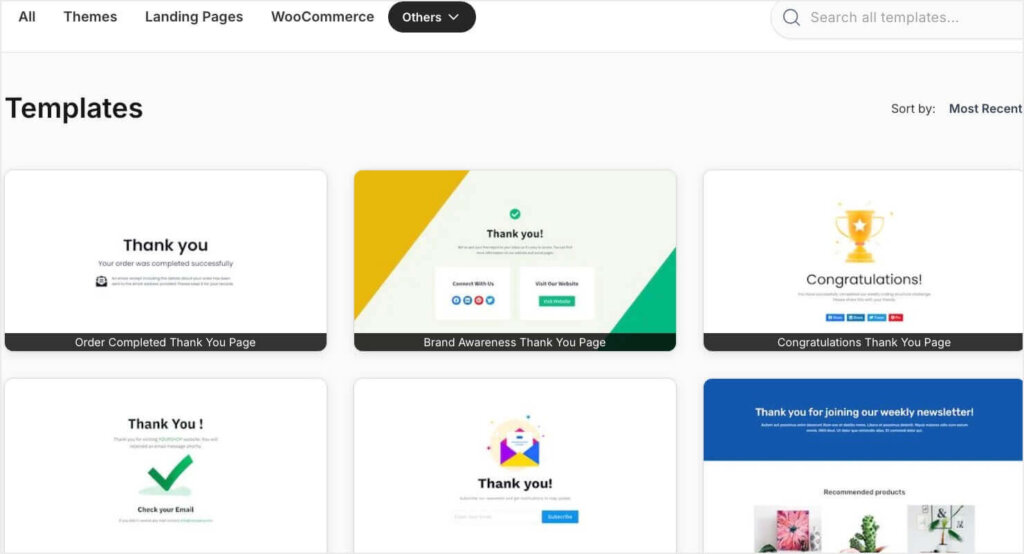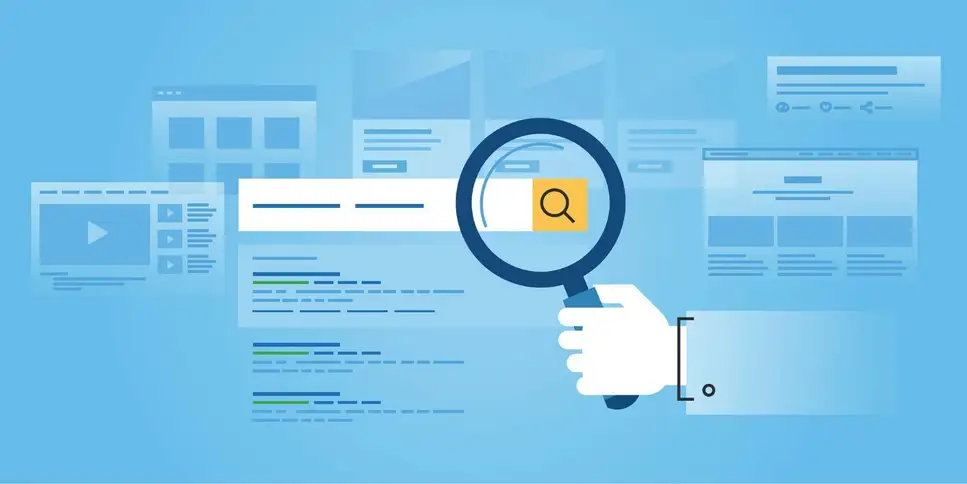
Published: Sep 24, 2024
Meta Tag Optimization: Best Practices to Skyrocket Your SEO 🚀
by: None
Meta Tag Optimization: Best Practices to Skyrocket Your SEO 🚀
Hey there! I’m Zoe, your go-to gal for all things organic search marketing. Meta tags? Yep, those little snippets of code can make or break your SEO game. 😉 And let me tell you, I’ve seen my fair share of meta tag mishaps… from keyword-stuffed messes to completely MIA descriptions. But don’t worry, I’m here to spill the tea on how to optimize your meta tags like a pro!
TLDR: What exactly are meta tags and why do they matter so much for SEO? Let's break it down real quick...
1️⃣ What are meta tags?
Meta tags are bits of HTML code that provide search engines and users with key info about your webpage’s content. The most crucial ones for SEO are the title tag and meta description. They show up in the search results and give people a sneak peek of what your page is all about.
2️⃣ How do meta tags impact SEO?
Well-crafted meta tags can seriously boost your click-through rates (CTR) from the search results. Higher CTR signals to Google that your page is relevant and valuable, which can help bump up your rankings. Plus, meta tags help search engines understand and categorize your content better.
3️⃣ What are the best practices for optimizing meta tags?
To nail your meta tag game, you gotta keep ‘em concise, compelling, and keyword-rich (without going overboard). Aim for around 50-60 characters for titles and 120-155 characters for descriptions. Use action-oriented language, highlight your unique selling points, and always prioritize the user experience. I’ll dive into more juicy details below!
Table of Contents
- Understanding the Different Types of Meta Tags
- Crafting Click-Worthy Title Tags
- Writing Irresistible Meta Descriptions
- Mastering the Meta Robots Tag
- Implementing Canonical Tags for Duplicate Content
- Measuring the Impact of Meta Tag Optimization
- Staying Up-to-Date with Meta Tag Best Practices
Understanding the Different Types of Meta Tags
Let’s dive into the world of meta tags! These little snippets of code pack a serious punch when it comes to SEO. I’ll break down the most important types you need to know:
Title Tag
The title tag is your page’s headline in search results. It’s super important for SEO and user experience. Here’s what you need to know:
- Optimal length: 50-60 characters
- Include your main keyword
- Make it compelling and click-worthy
Example:
<title>Best Chocolate Chip Cookies | Easy 20-Minute Recipe</title>Meta Description
Think of this as your page’s elevator pitch. It gives searchers a sneak peek of what to expect. Key points:
- Aim for 120-155 characters
- Include your target keyword naturally
- Add a clear call-to-action
Example:
<meta name="description" content="Discover our foolproof chocolate chip cookie recipe. Crispy edges, gooey center, ready in 20 minutes. Perfect for satisfying your sweet tooth!">Meta Robots Tag
This tag tells search engines how to handle your page. Common values include:
- index/noindex: Should the page be in search results?
- follow/nofollow: Should links on the page be crawled?
Example:
<meta name="robots" content="index, follow">Canonical Tag
Use this to avoid duplicate content issues. It tells search engines which version of a page is the “original” or preferred one.
Example:
<link rel="canonical" href="https://www.example.com/original-page">Open Graph Tags
These tags control how your content looks when shared on social media platforms like Facebook. Key ones include:
- og:title
- og:description
- og:image
Example:
<meta property="og:title" content="Amazing Chocolate Chip Cookies">
<meta property="og:description" content="Bake the perfect cookies in just 20 minutes!">
<meta property="og:image" content="https://example.com/cookie-image.jpg">Twitter Card Tags
Similar to Open Graph, but specifically for Twitter. They control how your content appears in tweets.
Example:
<meta name="twitter:card" content="summary_large_image">
<meta name="twitter:title" content="Best Cookie Recipe Ever">
<meta name="twitter:description" content="Crispy, gooey, and ready in 20 minutes!">
<meta name="twitter:image" content="https://example.com/cookie-image.jpg">Remember, not all meta tags directly impact rankings, but they can seriously boost your click-through rates and overall visibility. The key is to use them strategically and always keep your target audience in mind.
Next up, we’ll dive deeper into crafting those killer title tags that’ll have searchers clicking like crazy!
Crafting Click-Worthy Title Tags
Let’s dig into the art of creating title tags that’ll make searchers stop scrolling and click on your result! I’ve spent years perfecting this craft, and I’m excited to share my insider tips with you.
Ideal Title Tag Length
Keep it snappy! Aim for 50-60 characters to avoid truncation in search results. Here’s a pro tip: use a tool like Moz’s Title Tag Preview Tool to see exactly how your title will display on desktop and mobile.
Incorporating Keywords Naturally
Front-load your main keyword, but don’t force it. For example:
- Good: “Best Camping Tents 2024: Top Picks for Every Adventure”
- Bad: “Camping Tents Camping Tents Best Camping Tents 2024 Review”
Leveraging Brand Name
If you’ve got brand recognition, use it! Tack your brand name onto the end of your title tag, separated by a pipe (|) or dash (-). Like this:
“Organic Dog Food: Healthiest Options for 2024 | Paw-some Pets”
Avoiding Duplicate Titles
Each page on your site needs a unique title tag. I once audited a site with 500+ pages using the exact same title - talk about a missed opportunity! Use your CMS or a tool like Screaming Frog to catch and fix duplicates.
Power Words That Boost CTR
Sprinkle in some of these attention-grabbing words (but don’t go overboard):
- Exclusive
- Ultimate
- Proven
- Essential
- Insider
Examples of Killer Title Tags
- How-to Guides
 “How to Start a Blog in 10 Minutes (Step-by-Step Guide)”
“How to Start a Blog in 10 Minutes (Step-by-Step Guide)” - Product Reviews
 “iPhone 15 Pro Review: Is It Worth the Upgrade?”
“iPhone 15 Pro Review: Is It Worth the Upgrade?” - Listicles
 “15 Must-Visit Hidden Gems in Paris (2024 Edition)”
“15 Must-Visit Hidden Gems in Paris (2024 Edition)” - Comparison Posts
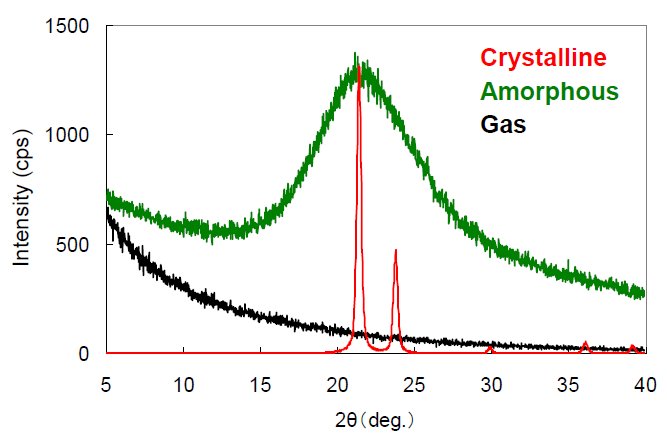 “Wix vs WordPress: Which is Best for Your Business?”
“Wix vs WordPress: Which is Best for Your Business?”
Common Title Tag Mistakes to Avoid
- Keyword stuffing (Google’s not fooled, trust me)
- ALL CAPS (looks spammy)
- Clickbait that doesn’t deliver (fastest way to lose trust)
- Generic titles (“Home” or “Page 1” - yawn!)
Remember, your title tag is often your first impression in the SERPs. Make it count! Craft something that accurately reflects your content while enticing clicks. And don’t forget to A/B test your titles using Google Search Console data to see what resonates best with your audience.
Next up, we’ll dive into writing those irresistible meta descriptions that’ll seal the deal and drive clicks through the roof!
Writing Irresistible Meta Descriptions
Let’s dive into the art of crafting meta descriptions that’ll make your search results pop! I’ve seen countless websites miss out on clicks because of lackluster descriptions. Here’s how to avoid that fate:
Optimal Meta Description Length
Keep it snappy, folks! Aim for 120-155 characters. Any longer and Google might cut you off mid-sentence. I use SEOmofo’s SERP Snippet Optimization Tool to preview how my descriptions will look in search results.
Matching Search Intent
Your meta description needs to align with what users are actually searching for. Here’s a quick breakdown:
- Informational Queries
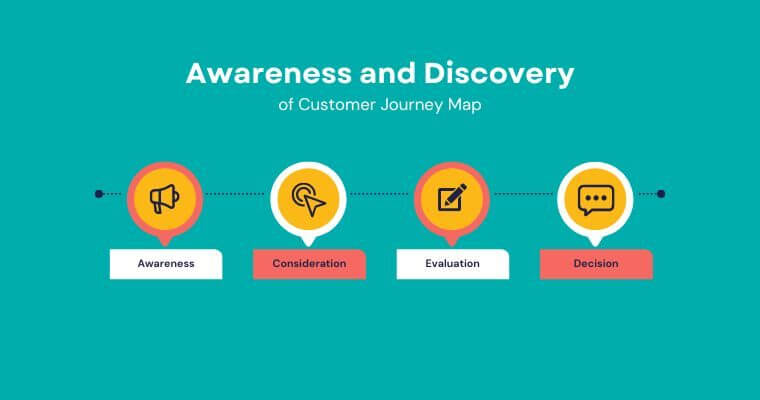 “Learn how to…” or “Discover the secrets of…”
“Learn how to…” or “Discover the secrets of…” - Transactional Queries “Shop now for…” or “Get X% off on…”
- Navigational Queries “Official website of…” or “Find [Brand Name] products here”
Showcasing Unique Value Proposition
What makes your page special? Highlight it! For example:
- “Exclusive research reveals the top 10 SEO trends for 2024. Data from 1,000+ websites included!”
- “Our handcrafted leather wallets come with a lifetime guarantee. Free shipping on orders over $50!”
Encouraging Action with CTAs
End your description with a clear call-to-action. Some of my favorites:
- “Read now to boost your rankings!”
- “Shop today for 20% off your first order!”
- “Download our free guide to get started!”
Meta Description Examples That Convert
E-commerce Product Page “Discover our bestselling memory foam mattress. 100-night trial, free returns, and a 10-year warranty. Sleep better tonight!”
Blog Post
 “Learn 15 proven SEO tactics from industry experts. Includes step-by-step instructions and real-world case studies. Boost your traffic today!”
“Learn 15 proven SEO tactics from industry experts. Includes step-by-step instructions and real-world case studies. Boost your traffic today!”Local Business
 “Craving authentic Italian pizza in NYC? Our wood-fired oven and imported ingredients bring Naples to you. Book a table now!”
“Craving authentic Italian pizza in NYC? Our wood-fired oven and imported ingredients bring Naples to you. Book a table now!”
Avoiding Common Meta Description Pitfalls
- Don’t duplicate descriptions across pages
- Skip keyword stuffing (it’s so 2010)
- Never mislead users about your content
- Avoid generic descriptions like “Welcome to our website”
Using Schema Markup for Rich Results
Want your meta descriptions to really stand out? Add some schema markup to your HTML. This can give you those fancy rich snippets in search results, like star ratings for product reviews or event dates for upcoming webinars.
Remember, your meta description is like a mini-ad for your webpage. Make it compelling, accurate, and irresistible to click. And don’t forget to track your click-through rates in Google Search Console to see which descriptions are performing best!
Next up, we’ll tackle the sometimes confusing world of meta robots tags. Trust me, it’s not as scary as it sounds!
Mastering the Meta Robots Tag
The meta robots tag is your secret weapon for controlling how search engines interact with your pages. Let’s dive into the nitty-gritty of this powerful tool!
What is the Meta Robots Tag?
The meta robots tag is a snippet of HTML code that tells search engine crawlers how to handle your web page. It’s like leaving instructions for the Googlebot and other crawlers when they visit your site.
<meta name="robots" content="index, follow">Key Directives
Index/Noindex
- Index: “Hey Google, please add this page to your search results!”
- Noindex: “Nothing to see here, move along!” Use this for pages you don’t want showing up in search results.
Follow/Nofollow
- Follow: “Feel free to crawl the links on this page.”
- Nofollow: “Don’t pass any link juice through these links.”
When to Use Different Directives
-
<meta name="robots" content="noindex, follow">You don’t want these in search results, but you still want Google to follow any links.
-
<meta name="robots" content="noindex, nofollow">Keep these private and don’t waste crawl budget on links behind a login.
-
<meta name="robots" content="index, follow">You want these indexed and all product links followed.
Advanced Directives
- Noarchive
 Prevents search engines from showing cached versions of your page.
Prevents search engines from showing cached versions of your page. - Nosnippet: Stops Google from displaying a description in search results.
- Noimageindex: Tells search engines not to index images on the page.
Common Mistakes to Avoid
- Accidentally blocking important pages with “noindex”
- Using conflicting directives (e.g., “index, noindex”)
- Forgetting to remove “noindex” after development or testing
Implementing Meta Robots Tags
You’ve got options:
- Directly in HTML: Add the tag to your page’s
<head>section. - CMS plugins: Most popular CMSs like WordPress have SEO plugins that make this easy.
- Server-side: Use your
.htaccessfile for Apache servers orrobots.txtfor site-wide rules.
Checking Your Meta Robots Tags
Use these tools to verify your tags are working:
- Google Search Console
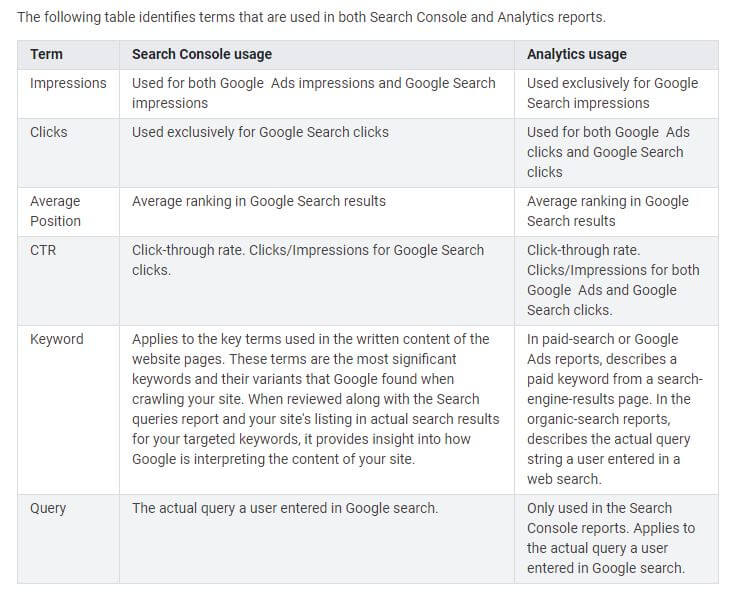 Check the “Coverage” report for indexing issues.
Check the “Coverage” report for indexing issues. - Screaming Frog
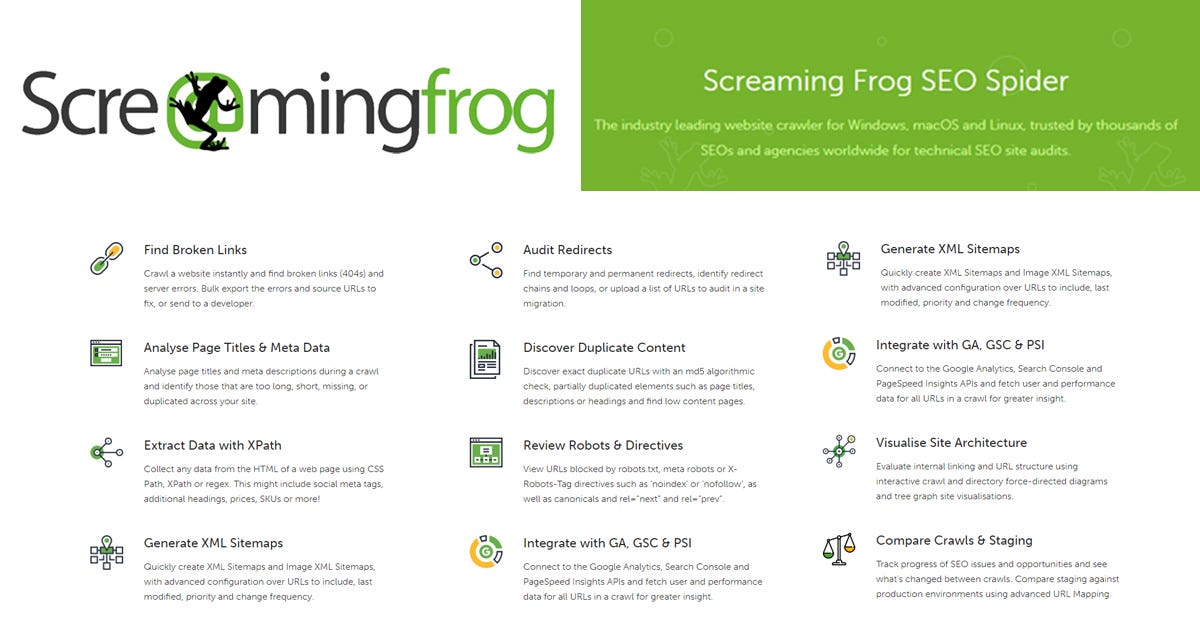 Crawl your site to audit meta robots tags across all pages.
Crawl your site to audit meta robots tags across all pages.
Remember, the meta robots tag is powerful stuff. Use it wisely, and you’ll have much more control over how search engines interact with your site. Just be careful not to accidentally block important content from being indexed!
Next up, we’ll tackle the sometimes confusing world of canonical tags. Trust me, it’s not as complicated as it sounds!
Implementing Canonical Tags for Duplicate Content
Duplicate content can be a real headache for SEO. I’ve seen countless sites tanking in rankings because of this issue. Let’s dive into how canonical tags can save the day!
What Are Canonical Tags?
Canonical tags tell search engines which version of a page is the “master copy” when you have similar or identical content on multiple URLs. It’s like saying, “Hey Google, this is the original - focus on this one!”
When to Use Canonical Tags
-
- Different sizes or colors of the same item
- Example:
www.myshop.com/blue-shirtandwww.myshop.com/red-shirt
-
- Often create duplicate content issues
- Example:
www.myblog.com/articleandwww.myblog.com/article/print
-
- If you have separate mobile URLs
- Example:
www.mysite.comandm.mysite.com
How to Implement Canonical Tags
Here’s the basic HTML structure:
<link rel="canonical" href="https://www.example.com/original-page" />Place this in the <head> section of your duplicate pages, pointing to the preferred version.
Common Canonical Tag Mistakes
Canonicalizing to non-existent pages
- Double-check your URLs!
Canonical loops
- Page A points to B, B points to C, C points back to A. Yikes!
Multiple canonical tags
- Stick to one per page, or you’ll confuse search engines
Tools for Checking Canonical Tags
-
- Look for “Duplicate without user-selected canonical” issues
-
- Great for bulk checking canonical tags across your site
Real-World Canonical Tag Example
I once worked with a client who ran a large e-commerce site. They had thousands of product pages with multiple variations (size, color, etc.). We implemented canonical tags like this:
<!-- On www.example.com/t-shirt/small-blue -->
<link rel="canonical" href="https://www.example.com/t-shirt" />
<!-- On www.example.com/t-shirt/medium-blue -->
<link rel="canonical" href="https://www.example.com/t-shirt" />This consolidated the SEO value to the main product page, boosting its rankings significantly.
Canonical Tags vs. 301 Redirects
While both help with duplicate content, they serve different purposes:
- Canonical tags: Use when you want to keep multiple versions accessible to users
- 301 redirects Use when you want to permanently send users and search engines to the new URL
Self-Referential Canonicals
Don’t forget to add canonical tags to your preferred pages, pointing to themselves. This reinforces which URL you want indexed:
<!-- On www.example.com/best-page -->
<link rel="canonical" href="https://www.example.com/best-page" />Remember, canonical tags are powerful tools in your SEO arsenal. Use them wisely, and you’ll see improvements in your site’s search performance and overall crawl efficiency. Just be careful not to create a tangled web of conflicting signals!
Measuring the Impact of Meta Tag Optimization
Let’s dive into how you can actually track the success of your meta tag efforts. Trust me, I’ve spent countless hours poring over analytics data, and I’m excited to share some insider tips!
Key Metrics to Monitor
Click-Through Rate (CTR)
- This is the big one, folks. A higher CTR often means your meta tags are doing their job.
- Pro tip: Look for pages with high impressions but low CTR. These are prime candidates for meta tag tweaks.
Organic Traffic
- Keep an eye on your overall organic traffic. A steady increase can indicate your optimization efforts are paying off.
Bounce Rate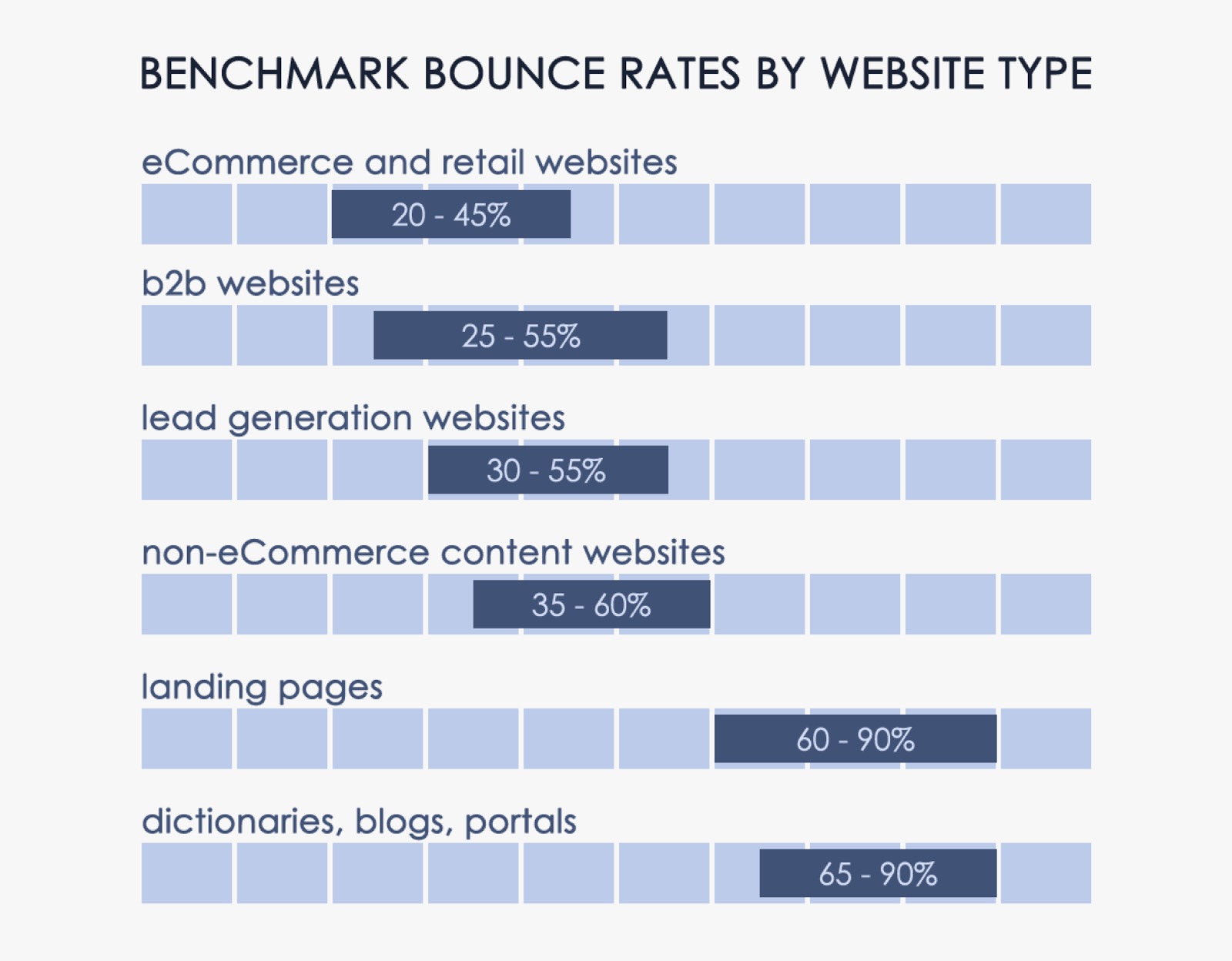
- If your meta tags accurately reflect your content, you should see a lower bounce rate.
Tools for Tracking Meta Tag Performance
Google Search Console
- My go-to tool for all things SEO. Here’s what to look for:
- Performance report: Check CTR, impressions, and average position.
- Coverage report: Spot any indexing issues caused by meta robots tags.
Google Analytics
- Dive deeper into user behavior after they click:
- Behavior flow: See how users navigate your site.
- Landing page reports: Analyze which pages are performing best.
SEMrush
- Great for tracking keyword rankings and comparing your meta tags to competitors.
Case Study: Meta Description Optimization
I once worked with a SaaS company that was struggling with low CTR. We rewrote their meta descriptions to focus on benefits and include clear CTAs. The results?
- 27% increase in CTR for their top 10 landing pages
- 15% boost in overall organic traffic
- Bounce rate dropped from 65% to 52%
A/B Testing Your Meta Tags
Don’t just set it and forget it! Try these A/B testing strategies:
- Title tag variations: Test different power words or question formats.
- Meta description length: Compare short, punchy descriptions vs. longer, more detailed ones.
- CTA placement: Try placing your call-to-action at the beginning vs. the end of your meta description.
Tracking Changes Over Time
I like to use a simple spreadsheet to track meta tag changes and their impact:
| Page URL | Old Title | New Title | Old CTR | New CTR | % Change |
|---|---|---|---|---|---|
| /example | … | … | 2.5% | 3.8% | +52% |
Common Pitfalls to Avoid
- Ignoring mobile performance: Always check how your meta tags display on mobile devices.
- Overlooking seasonal trends: Be aware of how seasonality might impact your metrics.
- Focusing solely on rankings: Remember, a #1 ranking doesn’t mean much if no one’s clicking!
Remember, measuring the impact of your meta tag optimization is an ongoing process. Keep testing, keep refining, and don’t be afraid to get creative with your meta tags. The SERPs are your playground – have fun with it!
Staying Up-to-Date with Meta Tag Best Practices
Meta tags are always evolving, just like search engines themselves. Keeping up with the latest trends and best practices is crucial for maintaining your SEO edge. Here’s how I stay in the know:
Follow Industry-Leading SEO Blogs
-
- Publishes daily articles on SEO trends, including meta tag updates
- Sign up for their newsletter for weekly roundups
-
- Known for in-depth, data-driven SEO analysis
- Their Whiteboard Friday videos often cover meta tag strategies
-
- Breaks news on Google algorithm updates that may affect meta tag best practices
Attend SEO Conferences and Webinars
-
- Annual conference featuring top SEO experts
- Often includes sessions on advanced meta tag optimization
-
- Multiple events throughout the year
- Tracks dedicated to technical SEO, including meta tag strategies
-
- Free virtual events hosted by Google’s Search team
- Get insights straight from the source on meta tag best practices
Monitor Google’s Official Channels
-
- Announces major changes to how Google handles meta tags
Google Search Central on Twitter

- Quick updates and tips, often including meta tag advice
Google Search Central Help Community
- Forum where you can ask questions about meta tags and see common issues others face
Experiment and Test
Don’t just read about best practices – try them out! Here’s how:
A/B Testing Meta Tags
- Use Google Search Console’s A/B testing feature to compare different meta tag variations
- Monitor click-through rates (CTR) to see which versions perform best
Track SERP Changes
- Tools like SERP Robot let you monitor how your meta tags appear in search results over time
Analyze Competitor Meta Tags
Join SEO Communities
-
- Active community discussing latest SEO trends, including meta tag strategies
-
- Connect with other SEO professionals and share meta tag insights
-
- Follow real-time discussions on SEO topics, including meta tag updates
Remember, the world of SEO moves fast. What works today might not work tomorrow. By staying connected to these resources and continuously testing, you’ll be well-equipped to adapt your meta tag strategy as search engines evolve.
Pro Tip: Set up Google Alerts for keywords like “meta tag best practices” and “SEO meta tags” to get notified of new articles and discussions as they happen. It’s a great way to stay on top of emerging trends without spending hours searching manually.

